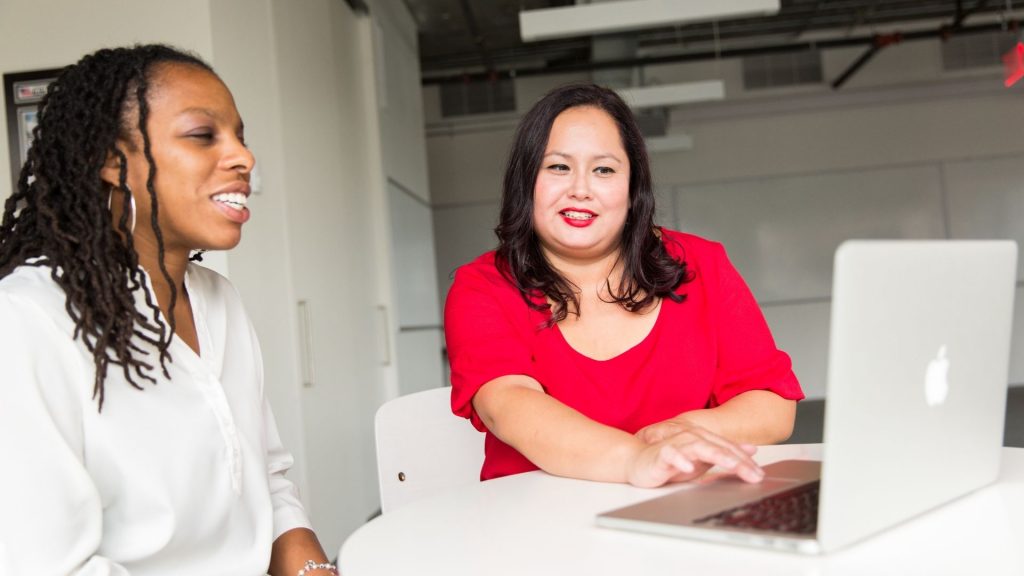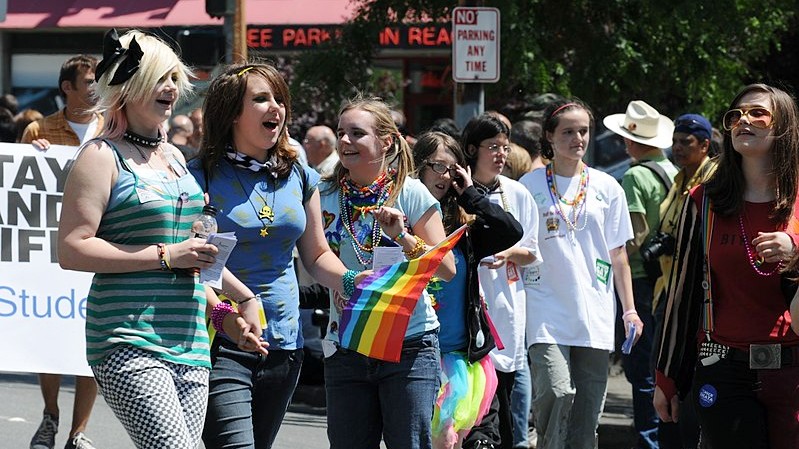See The ‘Queer Your Classroom’ Presentation Given At A Teacher Conference
See the presentation teachers were recently given at a conference that shows them how to better "Queer your classroom."

The LGBTQ+ community has achieved much inclusion in American society. From political offices to businesses, and even schools, LGBTQ+ rights are being displayed everywhere, but this is not enough for many within that community. They not only wish to protect their inherent rights but also to gain the right to teach other people’s children to speak and be spoken to based on sexuality. This has become such a common concept that the National Science Teaching Association (NSTA) hosted a presentation at one of their annual conferences on the topic of how to, “Queer Your Classroom.”
Instead of offering the minority of LGBTQ+ students support and their ability to learn without having their sexuality get in the way of lessons, teachers are now being directed to “Queer Your Classroom” with lessons that change their entire teaching strategy — for all children ages K-12 — and customize their language to be inclusive of intersex children. Intersex individuals are most often hermaphrodites experiencing abnormal biological sex characteristics. This can range from having an extra chromosome to having different reproductive organs internally than what forms externally. It occurs in less than 0.1% of the population and is so rare that most teachers will never encounter a true intersex child.
The LGBTQ+ community does not widely acknowledge this, or the fact that common vernacular is developed to serve an entire culture, not the smallest minority of individuals who are born different. While their intentions may be to help everyone feel accepted, the presentation given by the NSTA offers language that conflicts with scientific biology lessons, and most students’ anatomy. Within this Queer Your Classroom presentation, the teacher discusses how many educators have stopped using clear, simple terms like male and female in favor of soft language phrasing like “people with penises” or “people with vaginas.” She notes that this is more inclusive for transgender children (0.7% of teens), but is still not fair to intersex students.

Teachers are suggested to focus on bodily functions instead of using easy-to-understand words. In place of male and female, the Queer Your Classroom presenter suggests saying “people who can get pregnant” or “people who can get other people pregnant,” but if this is being used in classrooms for minors, who are not of the age to legally consent to having sex, these phrasing choices might normalize the sexualization of minors. It also goes further to possibly confuse prepubescent students by suggesting that young male and female students can get pregnant or impregnate people. Parents who are concerned about grooming in the classroom may now have to worry about explaining to their kindergartners that no, little boys cannot get people pregnant and that little girls cannot get pregnant because they are not yet sexually mature and should not be engaging in sexual activity. This is the very reason why some states are banning sexual education for students who are too immature to understand these concepts.
The LGBTQ+ community’s suggestions for how to talk to people is constantly changing, but even the Queer Your Classroom presenter concludes that it’s, “Much more inclusive to say what you actually mean.” Everyone knew what boy, girl, male, female, man, and woman meant before the political push to allow queer teachings in the classroom. They were easy scientific terms based on biology, and students learned how to use them easily. Now, in their pursuit to be more inclusive to everyone, the LGBTQ+ community is specifically excluding the majority of American families for simply following their biological nature.



